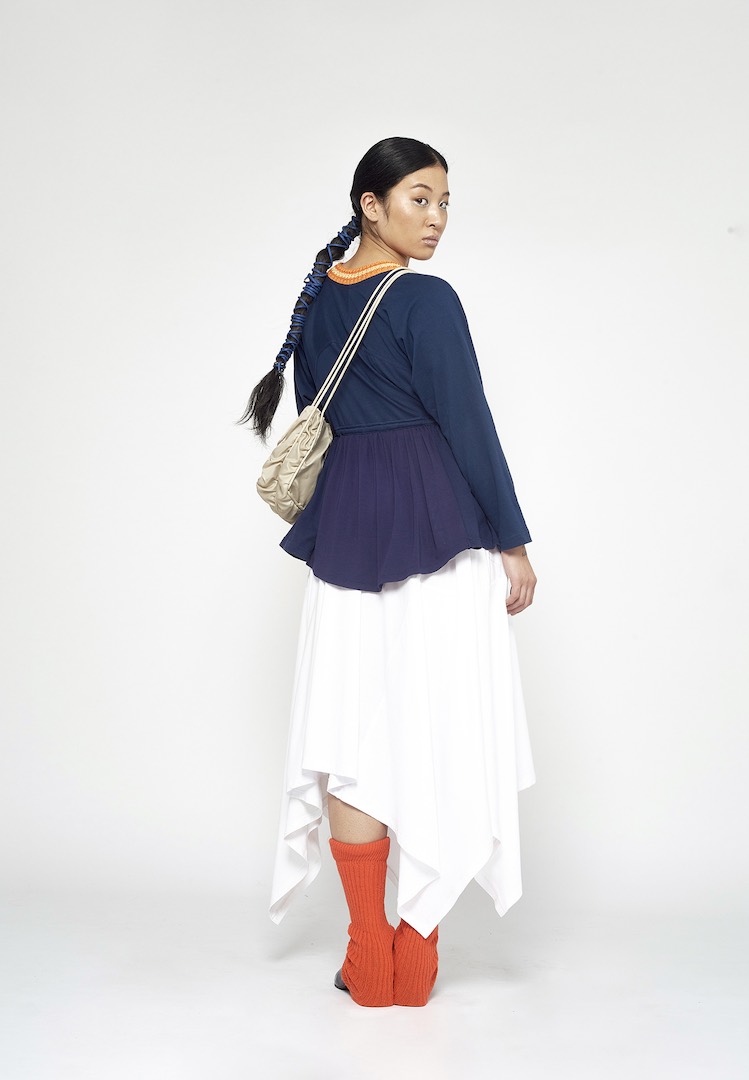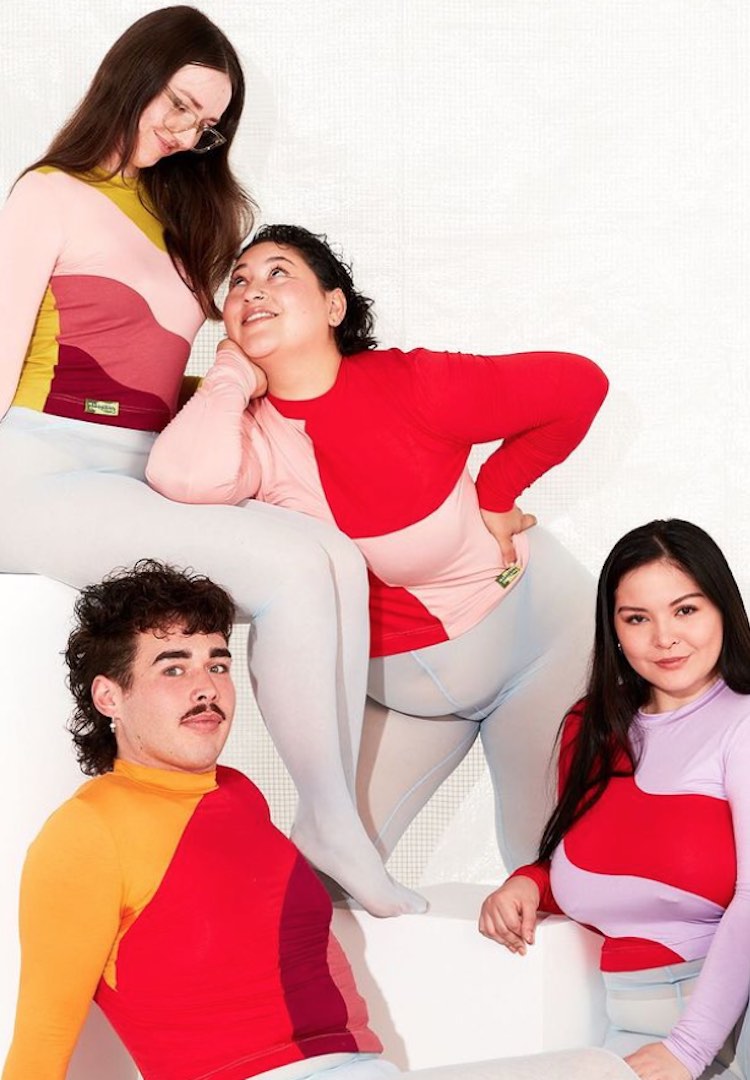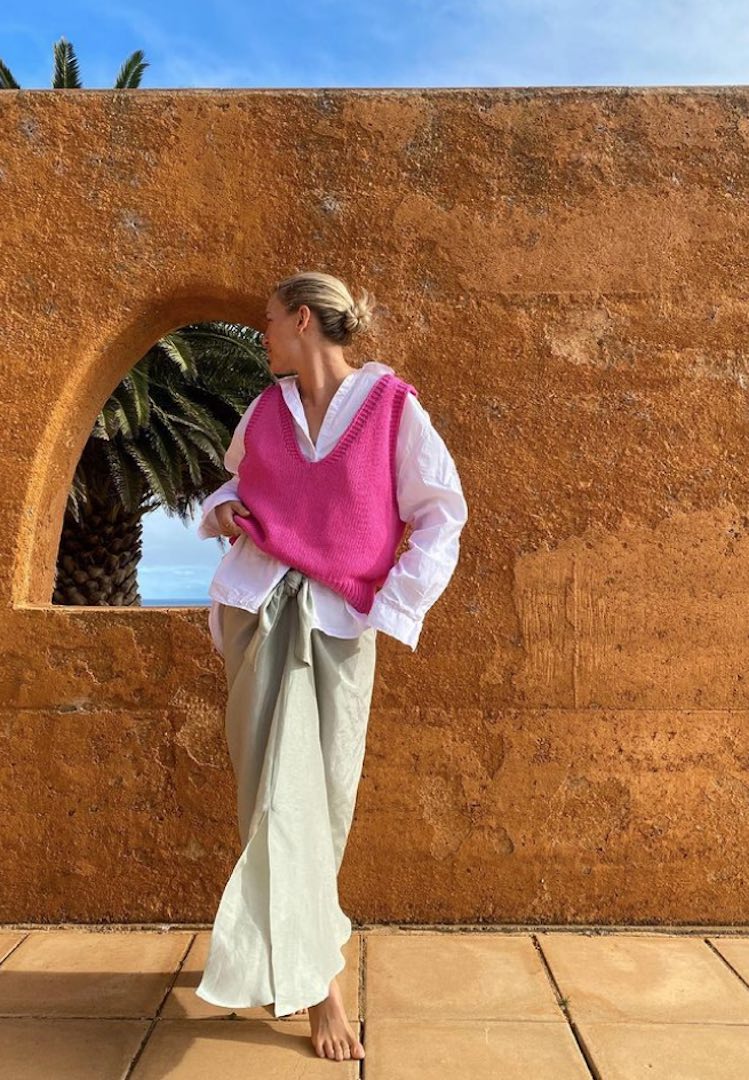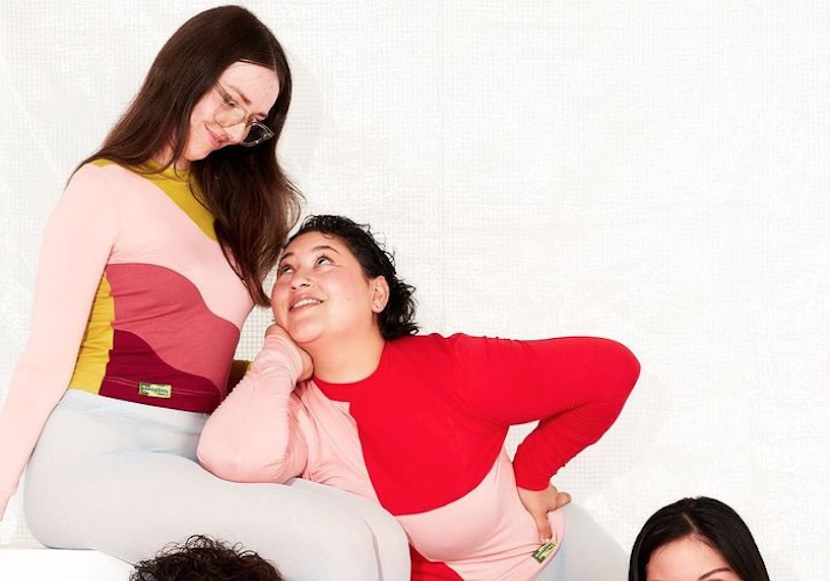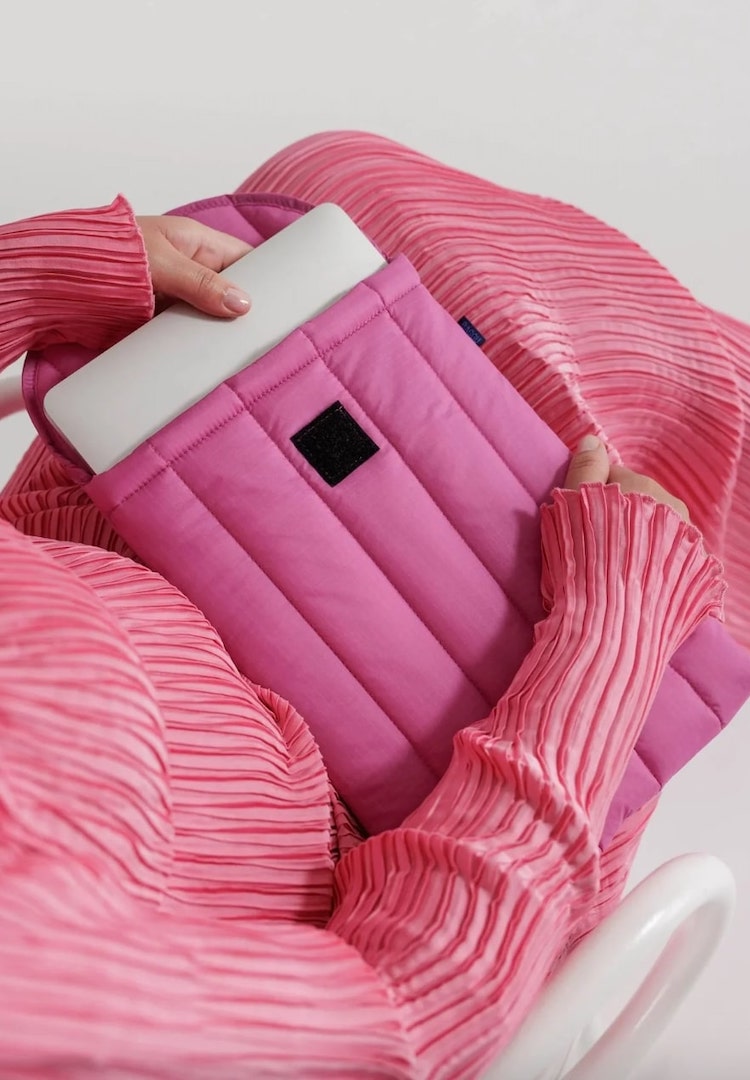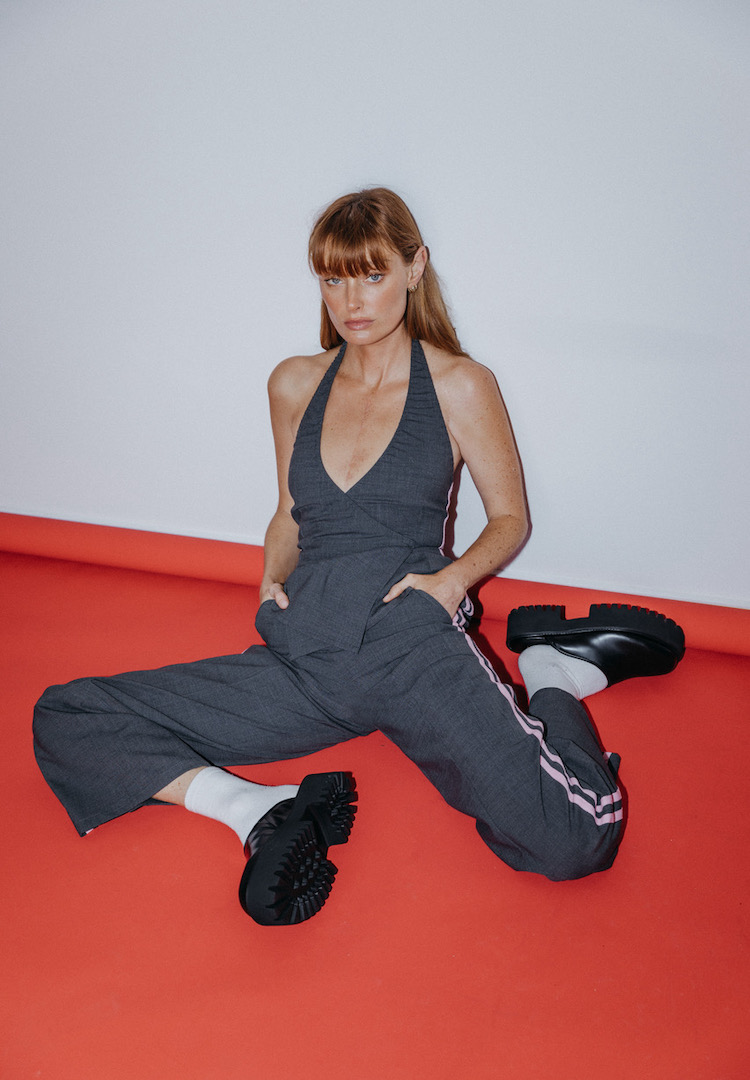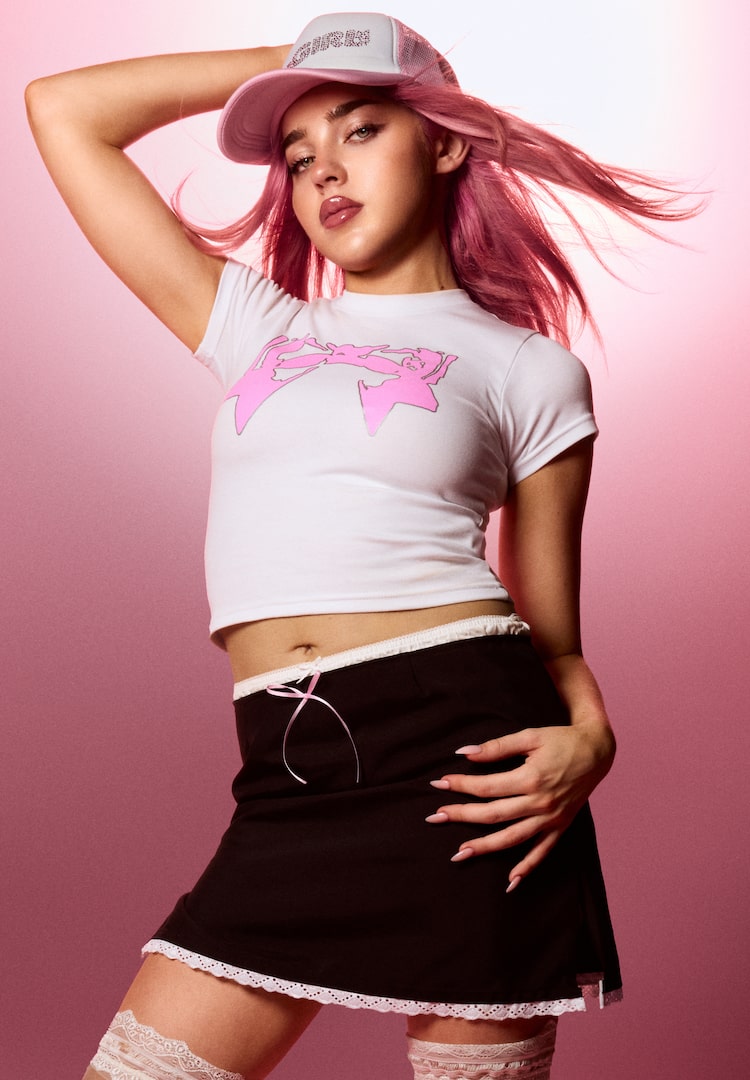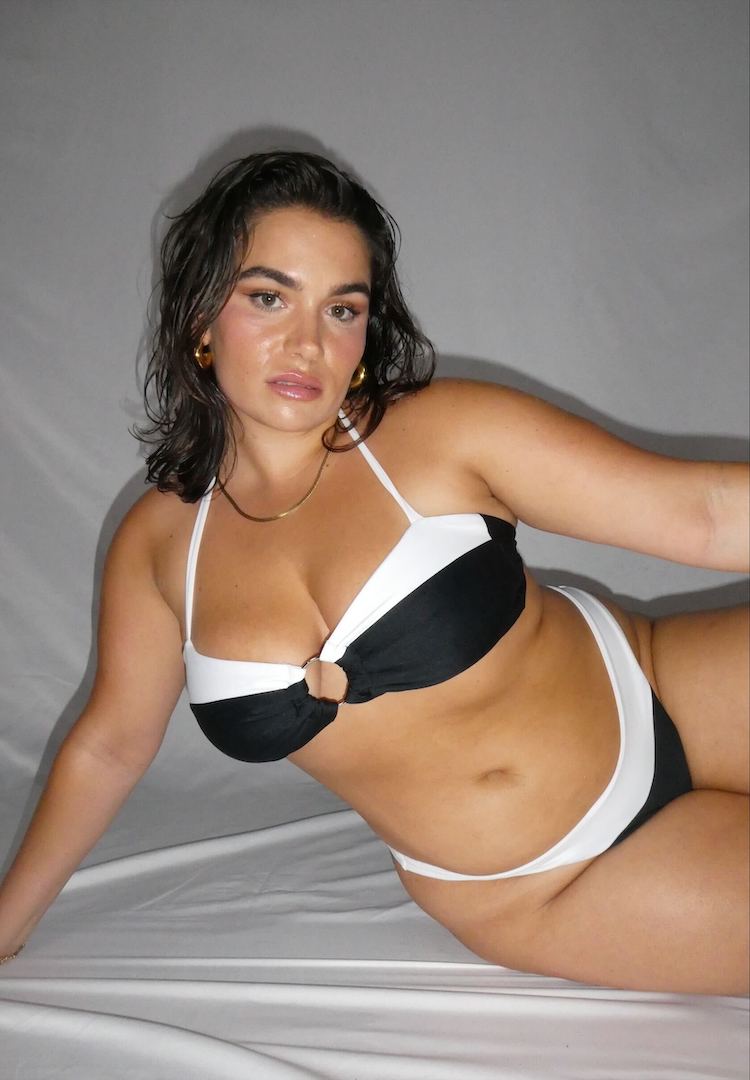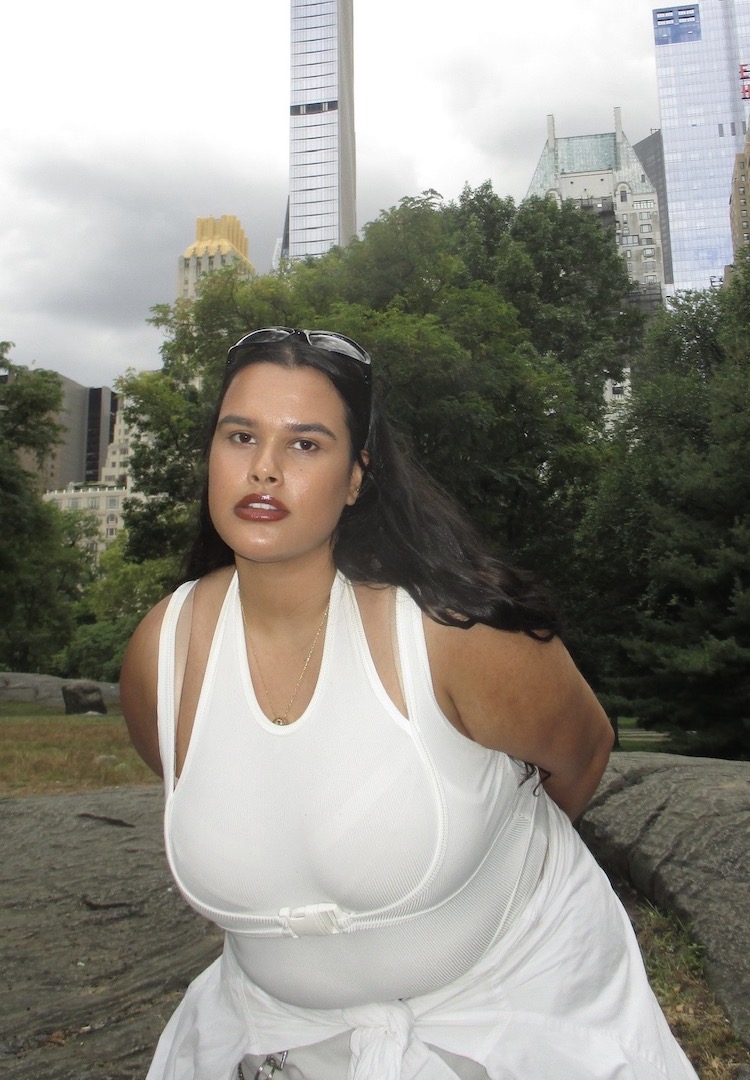I asked fashion industry insiders what it takes to get plus-size clothing right
PHOTOGRAPHY BY SHELLEY HORAN FOR WARMCORE CLOTHING
WORDS BY AUDREY DENIER
Inclusive, high-quality fashion is a necessity.
The Australian fashion industry is pushing the style envelope with more ethical and sustainable options than ever before. But there’s a catch-22; this development is mainly limited to ‘standard’ sizes. Let’s just state the obvious: plus-size fashion is decades behind straight-size fashion. This is because plus-size people have largely been rendered invisible by the media’s perpetual fatphobia.
Only recently have we seen brands introduce larger sizes to their ranges. Despite this attempt at inclusivity, plus-size clothing still remains low-quality – it’s predominantly fast-fashion brands that lack well made and well-fitting options.
For more style suggestions, head to our Fashion category.
But if the average Australian woman is a size 14 to 16, why do brands remain dumbfounded by plus-size fashion? (The fact that the fashion industry still classifies any model above an Australian size 8 as ‘plus-size’ is a whole other issue.)
We acknowledge that there is a long journey ahead of us before the Australian fashion industry accurately caters to and represents all bodies. As a starting point, this article features size-inclusive Australian labels that hope to pave the way for bigger brands, and Australian curve models who are helping lead the industry in a new direction.
Mahalia Handley, Australian curve model
View this post on Instagram
Firstly, when I’m shopping (generally always online), if I don’t see a model who looks like me, I’m skipping over most of the products on offer. I must see how it would sit on my body, not how it sits on a size six, C cup model. What I’m looking for is fabric and design: can I get multiple wears from this? Can it fit into my capsules? How will it last in terms of performance? And [I] assess promptly if it’s a trend or [lasting] style.
I’ve heard every excuse [from brands]. One example I heard was from a company speaking about how their curve collection just didn’t move as much stock as the regular size section, so they didn’t want to put more money in it. The clothes were ugly, frumpy, covered in flowers or frills and not remotely flattering or appealing. You can’t expect people to be excited about shopping when they’ve been staring at the same stagnant stuff for weeks on end with minimal effort put in.
If they [brands] haven’t got the financial ability to employ diverse team members, then they have to learn to collaborate properly. Influencers/models/plus-size designers or education contractors can be used in partnerships, but there has to be a real allowance for truthful conversation, adjustments and discussion. It can’t be a use and abuse system or a box tick because audiences see right through that and hit the exit tab.
It also has to be a long-term commitment, not just a one-off every few months – it’s flaky, and consumers don’t like it. It’s okay to start small and make honest mistakes, but you have to start, and you gotta start now. For basic capsule pieces, I really like Commonry, The Iconic’s brand Aere and Dazie do me well too, and I also love Bohemian Traders for bright fabrics.
Sophia Brenn, Australian curve model
View this post on Instagram
I think it’s really important to say that generally, we [plus-size consumers] have a very different shopping experience to smaller sized women. Most of what we purchase is 100 per cent online, where instead of normalising bigger sizes, it’s just othering us. Fit and style are my main thought points: how will it sit on my body? Is there a model similar to my size so I can see how it drapes/falls?
I also generally try to purchase pieces that I can wear again and again and style in different ways. Some fabrics, like denim, are just a no-go-zone. I also think it’s important to acknowledge that ‘size inclusivity’ is not just adding a size 16; there are women who are a size 18, 20 and up, who also want and have the right to express themselves through fashion. As a consumer, I find I am at a level of disassociation; we’ve been having this conversation for years, brands definitely know better – it’s a tired conversation.
We [plus-size people] don’t have the luxury to shop sustainable or cool small fashion brands; a lot of what is available to us is fast fashion. But, I really like what Maggie Marilyn are doing: thoughtful and stylish basics that can elevate any outfit! Speak to plus-sized women, ask your consumers! Advertise! Also, please don’t put the garments on a skinny woman and expect us to buy it; we need to see how it sits on a gal like us!
Kuwaii, Melbourne-based clothing label
View this post on Instagram
I think that it’s not necessarily harder or easier [to make plus-size ranges] – the tricky thing for a brand is simply designing for a new customer: what would work for them, what suited their style, taste, budget and aesthetics. We have 13 years of data on our existing Kuwaii customers: what they like, don’t like, what fits and what doesn’t fit. And now we’re in the process of creating that for our new Kuwaii customers. We did this by asking for lots of customer feedback, taking polls and asking for peoples preferences.
We took a huge customer survey of how our sizes work and how they [Kuwaii’s customers] would prefer them to work. We needed new pattern blocks and a new grading system to work for our new customer. We needed to source new models and fit models too. Then when it came to costing the garments, it is true that for garments over about a size 18, their standard fabric usage takes a bit more. So a brand needs to be really careful how they cost a garment because we obviously cannot sell one garment at two prices. There was a huge amount of research, work and effort that went into this capsule.
I think it’s really important that brands are a reflection of their customers: that your favourite brands change over time, just like their customers do. For brands wanting to do the same, starting small is a good first step. Maybe just offer one or two styles in your collection in an expanded size range. Ask your customers for feedback.
Warmcore, Melbourne-based clothing label
View this post on Instagram
When I first started Warmcore in May 2020, I was making one-sized jumpers (about size 18), and I hadn’t considered branching out to other measurements because I didn’t think I’d be doing this for long. I had little understanding of fashion and the massive gap in sizing availability for people that wore size 18 and up. This seems wild to me now because making size and gender-inclusive clothing is such a major component of why I like running a label.
I started receiving messages from people asking why I wasn’t catering to larger sizes. And they were right, why wasn’t I? I didn’t have a lot of confidence drafting patterns for larger sizes, so the first thing I did was go to Kmart and buy a skivvy in all the sizes I wanted to make, then cut them up to check my patterns. After that point, it was very straightforward. I’m also aware that although I do cater for some larger sizes, by no means do I cater for all. My journey to inclusivity is far from over, and I keep workshopping it with every range I produce.
Clothes look different for different people, and that’s important to factor in when designing. If you’re designing clothes for a person who is a size eight and then sizing it up, you may be treating everyone else as an afterthought. If a label about the size of mine (one person designing, drafting patterns and making all garments) isn’t catering to larger sizes, they really need to consider why they’re in this business. Ethical, slow and inclusive fashion is the future, and you’re risking being left behind if you’re not interested in reaching for those ideals.
For more sustainable size-inclusive brand suggestions, head here.

